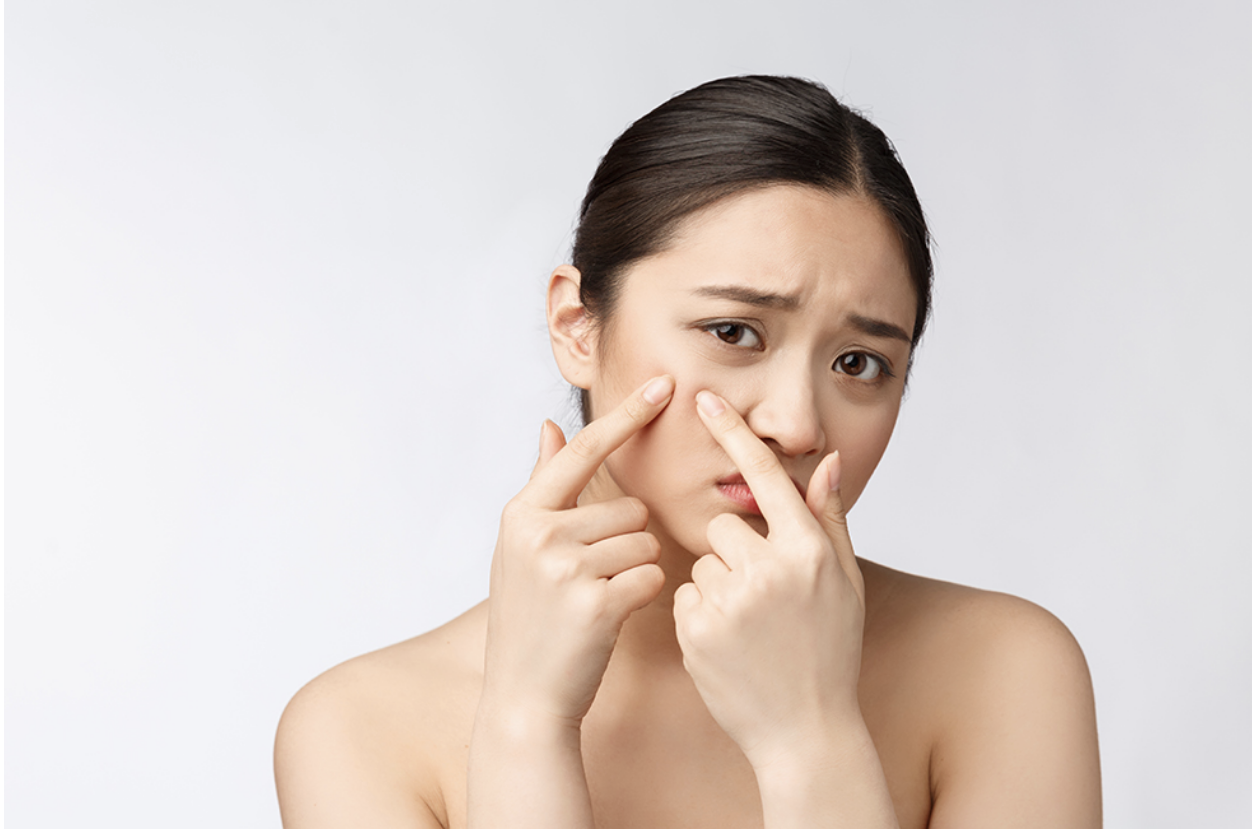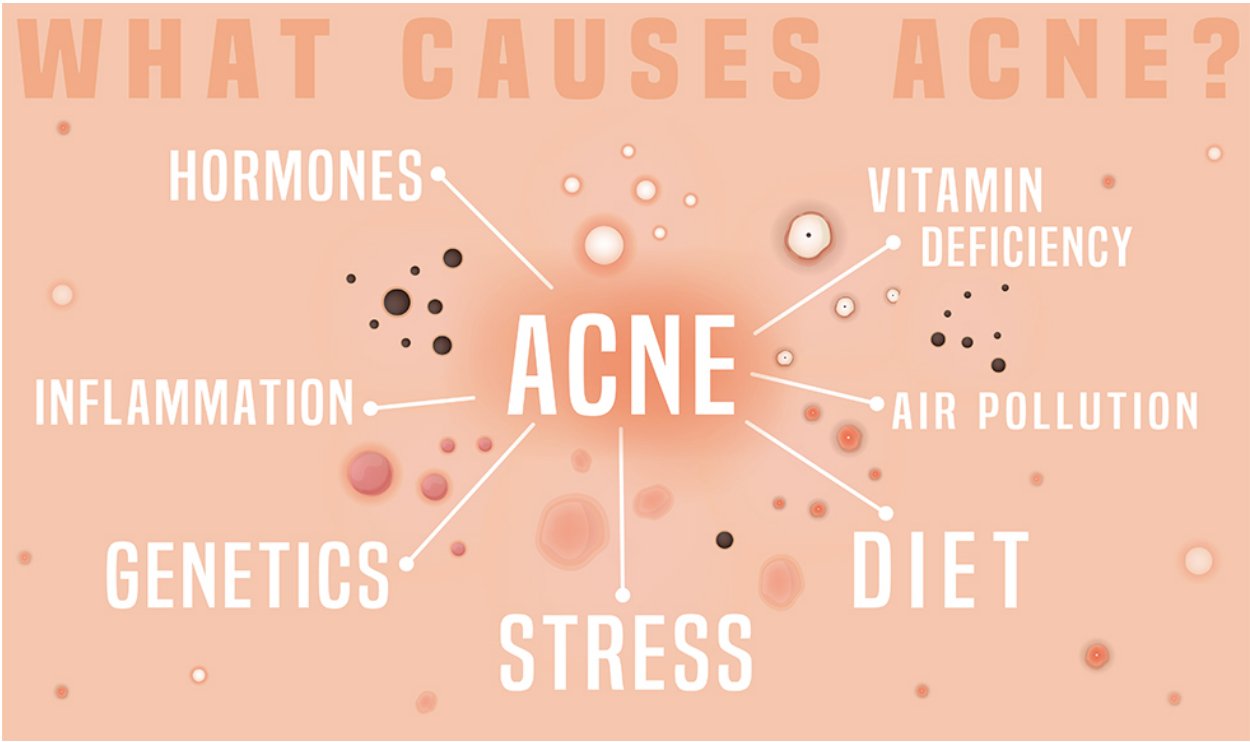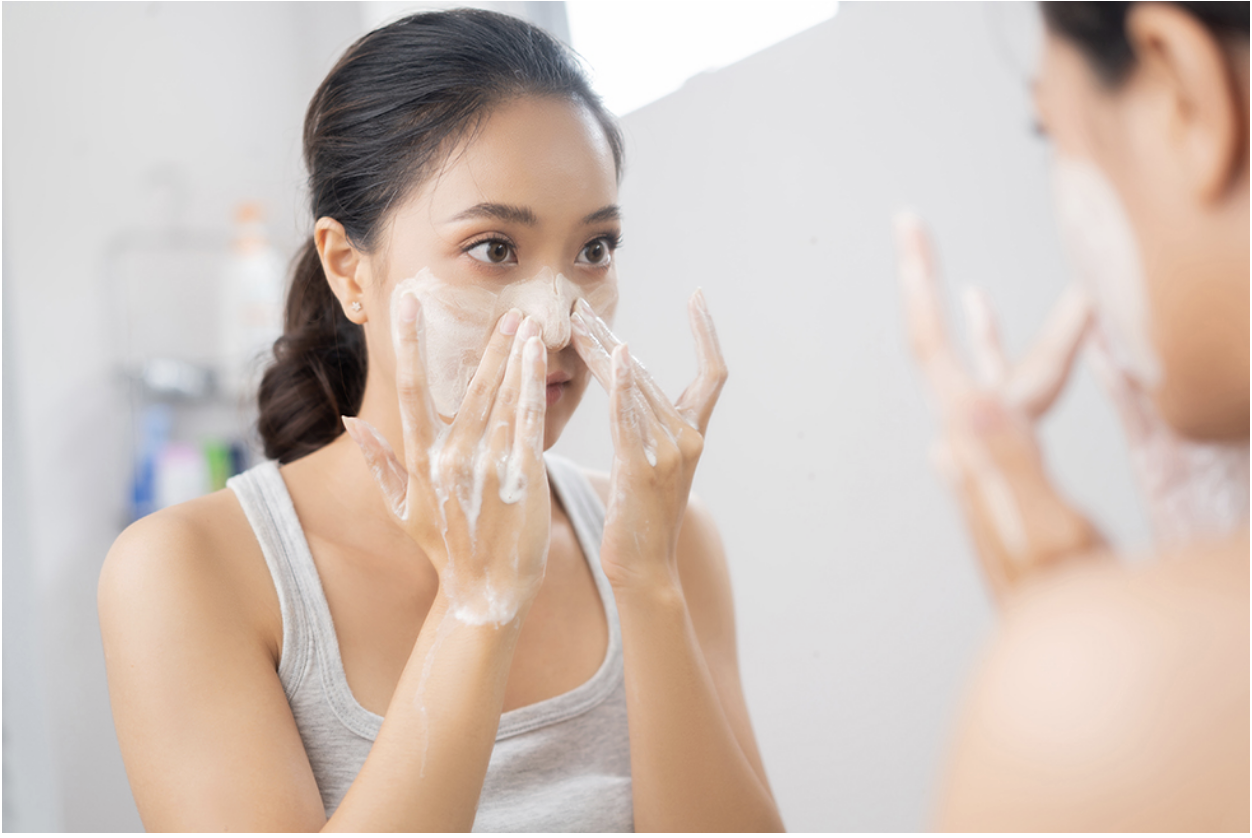
Finding the right acne dermatologist in Boca Raton can make all the difference when it comes to achieving clear, healthy skin. Acne isn’t just a teenage problem—it can persist well into adulthood, affecting people in their 30s, 40s, and beyond. Understanding the differences between teen and adult acne is essential for choosing the most effective treatment, whether it’s targeting hormonal breakouts, reducing inflammation, or preventing future scarring.
Acne is the most common skin condition in the United States, with up to 50 million Americans experiencing breakouts each year. While 85% of people between 12 and 24 deal with acne, it doesn’t always disappear after puberty.
Adult acne now affects up to 15% of women, often appearing later in life due to hormonal fluctuations, stress, or other factors. Fortunately, a variety of medical dermatology treatments can help patients of all ages achieve long-term acne control.
At Frieder Dermatology, we take a personalized approach to acne care. Whether you’re dealing with occasional breakouts or persistent cystic acne, we offer customized treatment plans tailored to your skin type and condition. Our team provides a range of acne treatment solutions, including prescription medications, laser therapy, and advanced in-office treatments, to help patients achieve clearer, healthier skin.
| “Acne doesn’t discriminate; it can affect anyone, whether you’re a teenager struggling with breakouts or an adult dealing with unexpected flare-ups. Knowing the root cause of your acne is the first step toward clear, healthy skin.” |
| – Jillian H. Frieder, MD FAAD – Frieder Dermatology |

The Causes: Teen vs. Adult Acne
Teen Acne
Teen acne is largely fueled by hormones. During puberty, the body ramps up the production of androgens—hormones that stimulate the sebaceous glands to produce more oil (sebum). This excess oil, combined with dead skin cells and bacteria, clogs pores and creates the perfect environment for breakouts. Teen acne often appears in areas with the most active oil glands, such as the forehead, nose, cheeks, chest, and back.
Genetics also plays a key role. If one or both parents struggled with acne during their teen years, there’s a higher chance their children will experience it too. Diet and lifestyle can also contribute, with some research suggesting that high-glycemic foods and dairy may exacerbate breakouts in teens.
The good news? For many teens, acne tends to fade as hormone levels stabilize, but early treatment is still important to prevent scarring and build confidence during these formative years.
Adult Acne
Adult acne is more complex and often tied to a combination of internal and external factors. It typically appears on the lower half of the face, including the chin, jawline, and around the mouth. Unlike teen acne, which is usually predictable and linked to puberty, adult acne can be persistent and influenced by:
- Hormonal fluctuations — Menstruation, pregnancy, perimenopause, and menopause can all cause hormone shifts that trigger breakouts, especially in women.
- Chronic stress — Stress increases cortisol levels, which in turn boosts oil production and inflammation, leading to stubborn acne.
- Skincare products and cosmetics — Using products with comedogenic (pore-clogging) ingredients can trap oil and bacteria, worsening acne.
- Medications — Certain drugs, like steroids, some birth control pills, and anticonvulsants, may cause or aggravate acne.
- Lifestyle factors — Poor sleep, smoking, and even environmental pollutants can also play a role in adult breakouts.
| “Many adults are surprised to develop acne in their 30s or 40s, but it’s more common than you think—especially among women. Treating adult acne often means looking beyond the skin’s surface to address underlying triggers like hormones and stress.” |
| – Dr. Frieder |
Understanding these root causes is crucial because teen and adult acne often require different treatment approaches. Let’s break down the most effective ways to tackle each.

Treatment Options: What Works for Teens vs. Adults
Treating Teen Acne
Teen skin is more resilient and produces more oil, so treatments focus on controlling oil, killing bacteria, and keeping pores clear. Effective options include salicylic acid cleansers to exfoliate and unclog pores, benzoyl peroxide to kill bacteria and reduce inflammation, and topical retinoids like adapalene (Differin) to prevent clogged pores by increasing cell turnover.
Avoiding picking or popping pimples is crucial to prevent scarring. For moderate to severe cases, a Boca Raton dermatologist may recommend prescription treatments such as topical antibiotics to reduce bacteria and inflammation, oral antibiotics for short-term relief of severe breakouts, or oral retinoids like Accutane for stubborn, cystic acne that doesn’t respond to other treatments.
Consistency is key. Teens should follow a simple but effective daily skincare routine:
- Cleanse twice daily with a gentle, oil-free face wash.
- Treat acne-prone areas with benzoyl peroxide or salicylic acid products.
- Moisturize with a non-comedogenic moisturizer to prevent dryness.
- Protect with a lightweight sunscreen during the day, as treatments can make skin more sensitive to the sun.
Treating Adult Acne
Adult acne often requires a more delicate approach. Adult skin tends to be thinner, less oily, and more prone to sensitivity and dryness, so treatments need to strike a balance between clearing acne and maintaining the skin’s moisture barrier. Effective options include:
- Gentle retinoids — Encourage cell turnover and prevent clogged pores while also reducing fine lines and improving skin texture. Prescription options like tretinoin may be recommended, or in more severe cases, oral medications like Accutane might be considered.
- Niacinamide — A form of vitamin B3 that calms inflammation, regulates oil production, and helps even out skin tone.
- Hormonal treatments — Birth control pills can help regulate hormone-driven breakouts, while spironolactone reduces the effect of androgens (male hormones) on oil glands.
- Chemical peels — Professional peels using salicylic or glycolic acid can target acne, fade dark spots, and boost skin renewal.
- Laser and light therapies — Help reduce inflammation, kill acne-causing bacteria, and target scarring.
| Adults should avoid harsh products that strip the skin. Moisture balance is key. You want to clear acne without compromising your skin’s natural barrier. |
A solid adult acne routine might include:
- Cleanse with a mild, sulfate-free cleanser.
- Treat with a retinoid or niacinamide serum.
- Moisturize using a hydrating, non-comedogenic cream.
- Protect with SPF 30+ daily.
Since adult acne is often tied to internal factors like stress or hormones, long-term management may involve lifestyle adjustments, like reducing stress, getting enough sleep, and reviewing any medications that could be contributing to breakouts.
Understanding these tailored approaches for teen and adult acne means you’re not just treating pimples — you’re caring for your skin based on its unique needs.
Why Professional Care Matters at Any Age
While over-the-counter products can help mild cases, persistent or severe acne often requires a professional approach. An acne dermatologist in Boca Raton can create a personalized treatment plan based on your skin type, acne severity, and lifestyle.
Jillian Frieder’s offices in Boca Raton and Palm Beach Gardens see patients from surrounding areas like Delray Beach, Boynton Beach, and West Palm Beach. “Every patient’s acne story is different. Our goal is to treat the root cause, not just the symptoms.”
A Boca Raton dermatologist can help prevent long-term damage, such as acne scars and hyperpigmentation, by offering advanced treatments like laser therapy to target deep cystic acne, microneedling to fade scars, and custom facials to balance and calm inflamed skin.
Localized Care with a Personal Touch
Seeking acne treatment from a skin doctor who understands the local climate is essential. The heat and humidity in South Florida can worsen breakouts, making professional skin care guidance even more important.
At Frieder Dermatology, we offer the best medical dermatology and cosmetic dermatology treatments, making sure patients from Boca Raton to Palm Beach Gardens receive expert care tailored to their skin’s needs.
| We don’t just treat acne — we treat the person behind the acne. Your skin’s health affects your confidence, and we’re here to support you every step of the way. |
Clearer Skin Starts Here
No matter your age, clear skin is possible. Whether you’re a teen dealing with breakouts or an adult facing stubborn acne, the right treatment starts with a personalized plan. We tailor solutions to your skin’s unique needs because one size doesn’t fit all.
Ready to take control of your skin with an acne dermatologist in Boca Raton? Schedule a consultation at our Boca Raton or Palm Beach Gardens office today. Click here or call us at (561) 210-7310 — clear, healthy skin is closer than you think.

